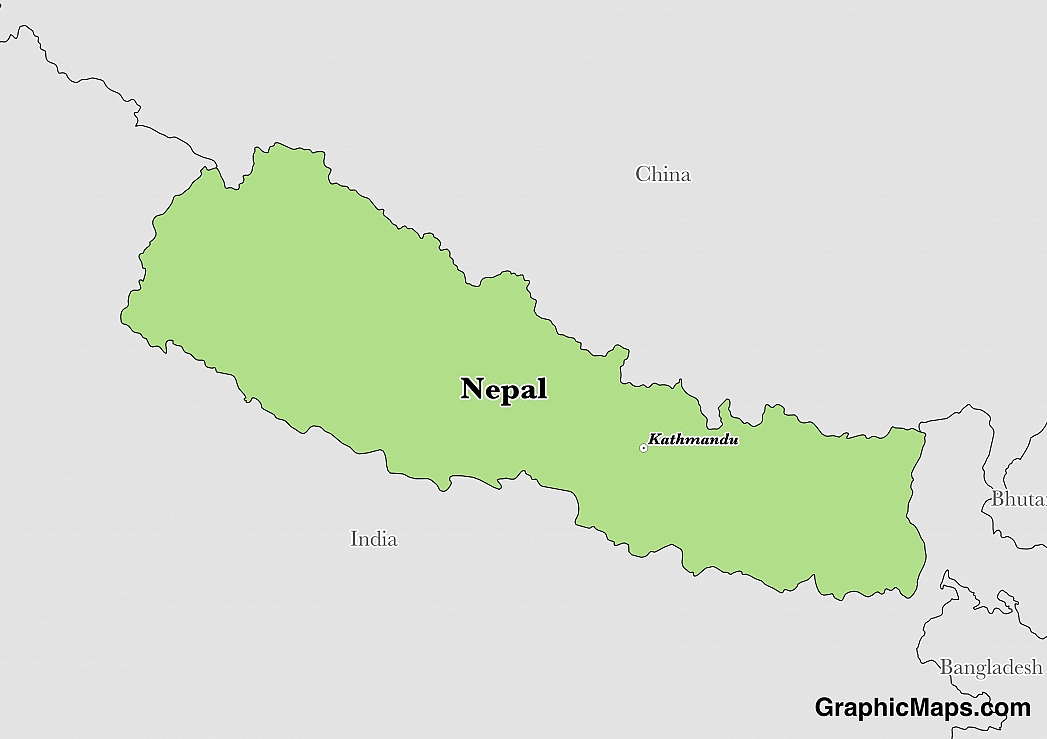Nepal became a federal republic through an act of parliament in December 2007. The government of Nepal has three organs: Judiciary, Legislature, and the Executive. The president is the head of state, head of the Nepalese army, and he appoints a prime minister who heads the executive. A presidential term lasts five years. The person who is named as prime minister is the leader of the political party with the majority of elected members in the House of Representatives. Once appointed, the prime minister presides over the formation of the cabinet, known as the Council of Ministers.
The legislature consists of two houses: an upper house called the National Assembly and the House of Representatives. The National Assembly has 59 members who serve six-year terms. 56 of them are elected by the Electoral College to represent their states while the president nominates the remaining three. The House of Representatives comprises 275 members all of whom are elected by voters to serve five-year terms. Each state also has its State Assembly. The courts and other judicial organs make up the judiciary. The highest court in Nepal is the Supreme Court.
There are two types of elections in Nepal: the Provincial Assembly elections and local elections. A parallel voting system is used for the provincial assembly elections. Citizens in each constituency elect one member to represent them in the House of Representatives. They also choose 110 representatives from political parties in the proportional representation electoral system to the same house. Members of parliament elect the president to serve a five-year term. The president can only run for two consecutive terms.
Both houses of parliament are located in Kathmandu, the capital city of Nepal. The parliamentary chambers sit in the compound of one of the ancient palaces in the country. The palace is known as Singha Durbar or the Lion’s Palace. It was built in June 1908. Rashtrapati Bhavan or the presidential residence is also located in the capital, Kathmandu. The main palace building was built in 1923, and it is called Sital Nawas.
There are a number of political parties registered in Nepal. These include the Nepali Congress, Communist Party of Nepal, Rastriya Janata Party Nepal, the Federal Socialist Forum, and the Nepal Mazdoor Kisan Party.
This page was last modified on May 1st, 2018
More on Graphicmaps

Published on 2019-11-06
What is a Trade Embargo?
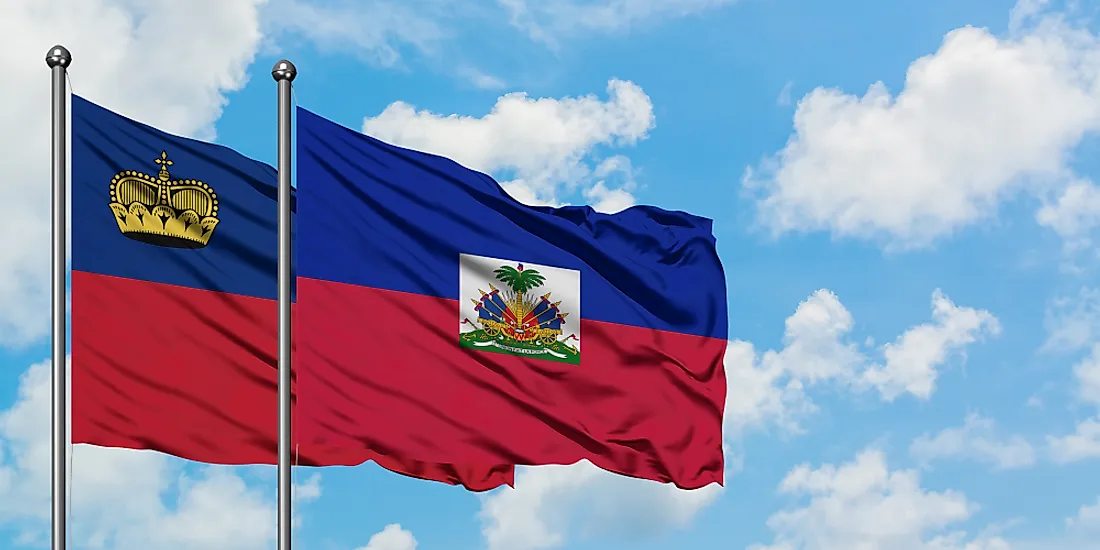
Published on 2019-11-04
Which Two Countries Used to Have the Same Flag?
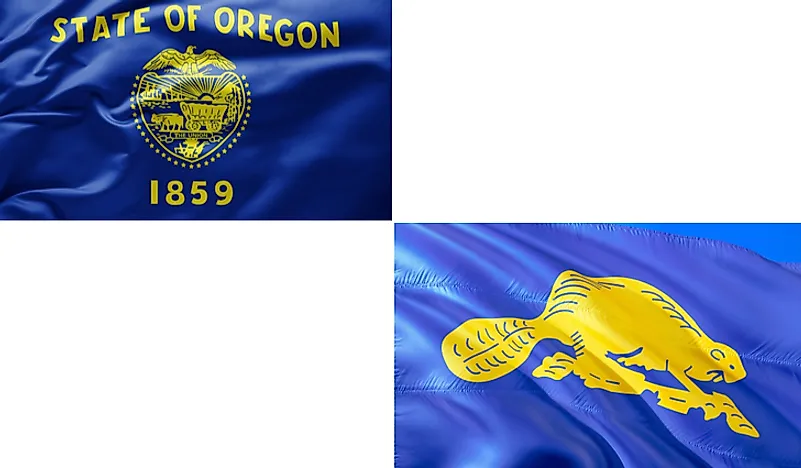
Published on 2019-09-16
What Is the Only Two-Sided State Flag?
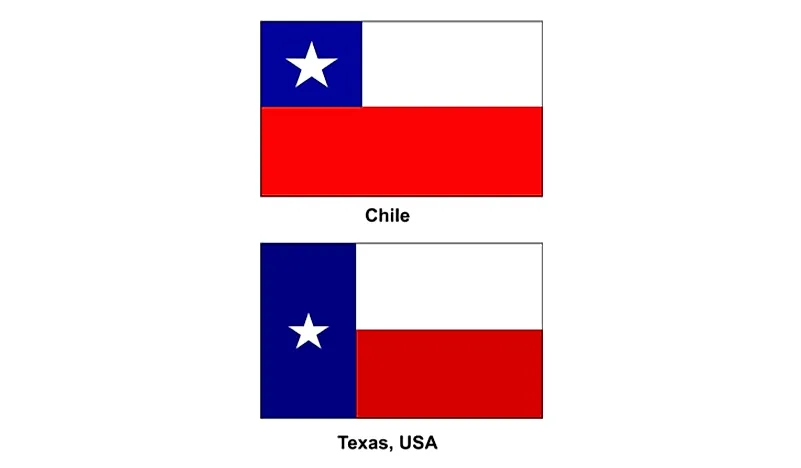
Published on 2019-09-16
Which Country Flag Looks Like the Texas Flag?
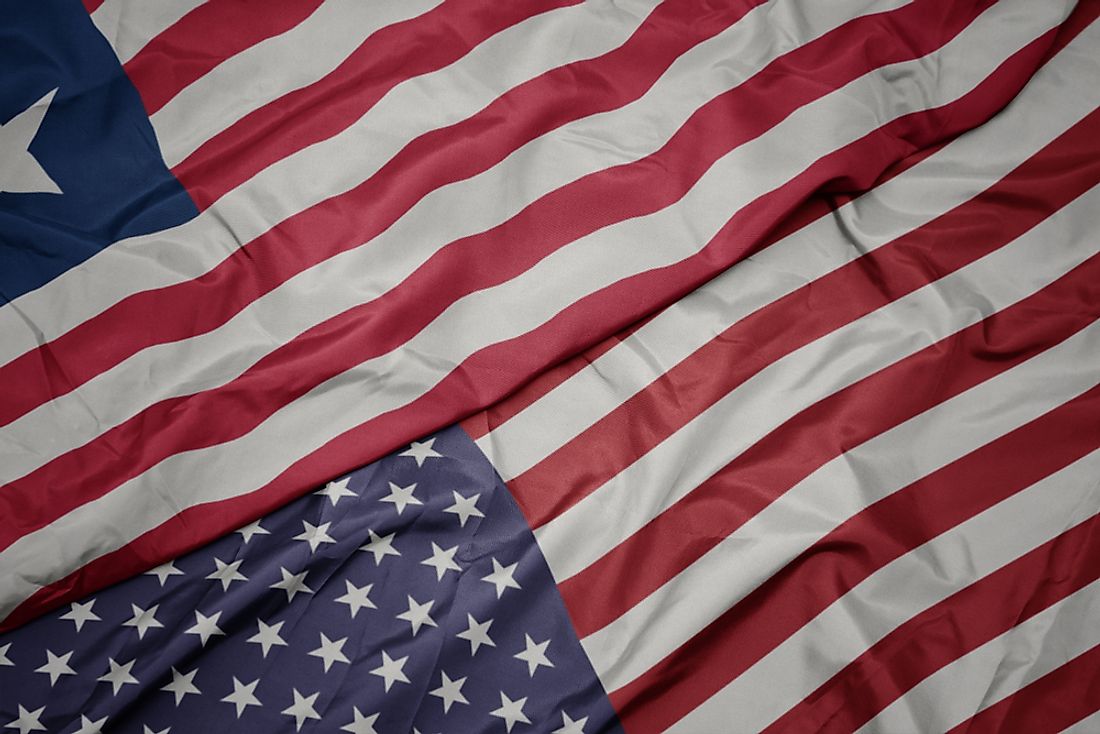
Published on 2019-08-29
Flags That Resemble the US Flag
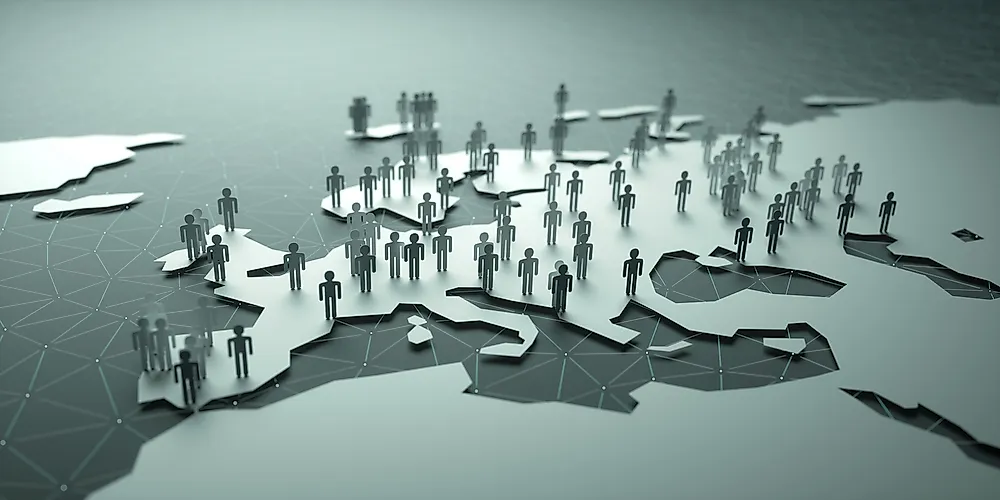
Published on 2019-08-20
